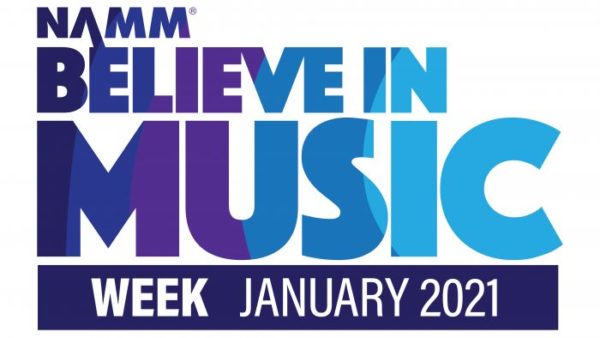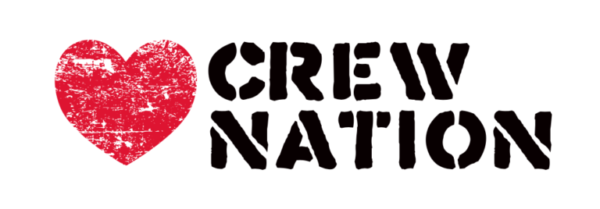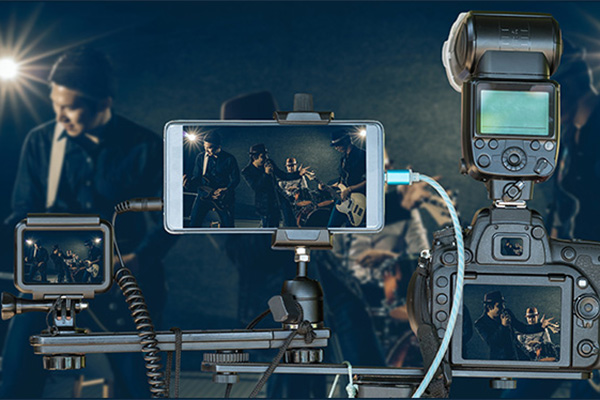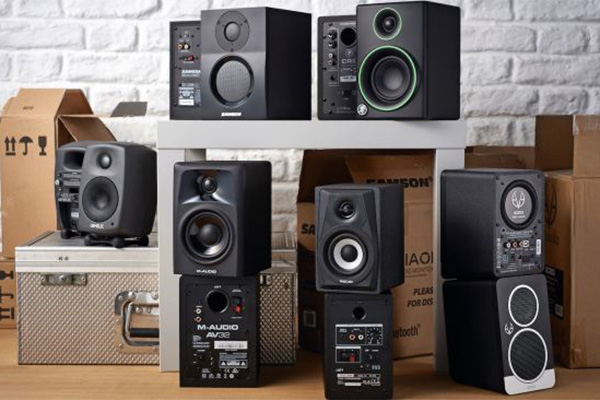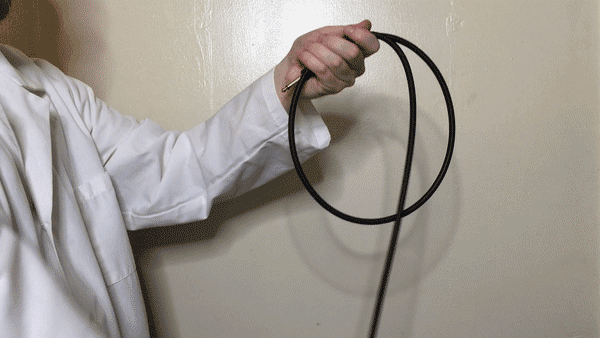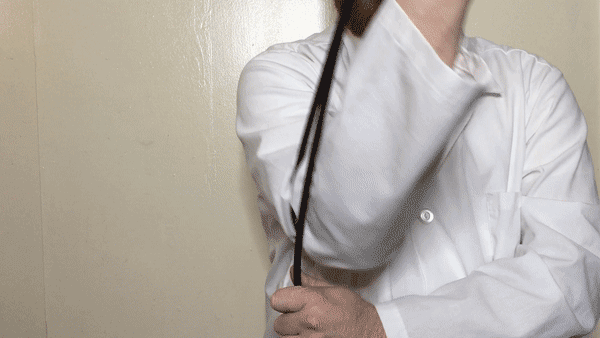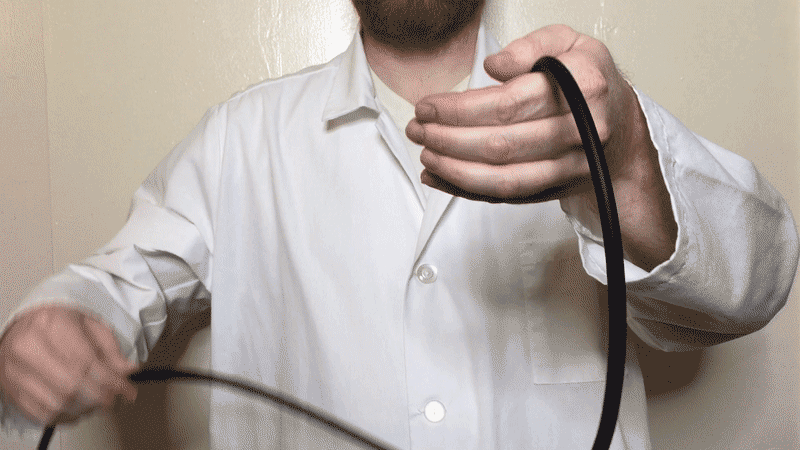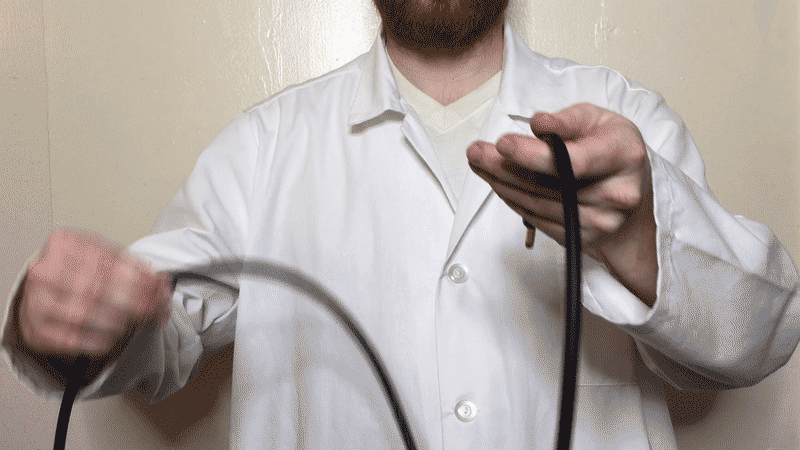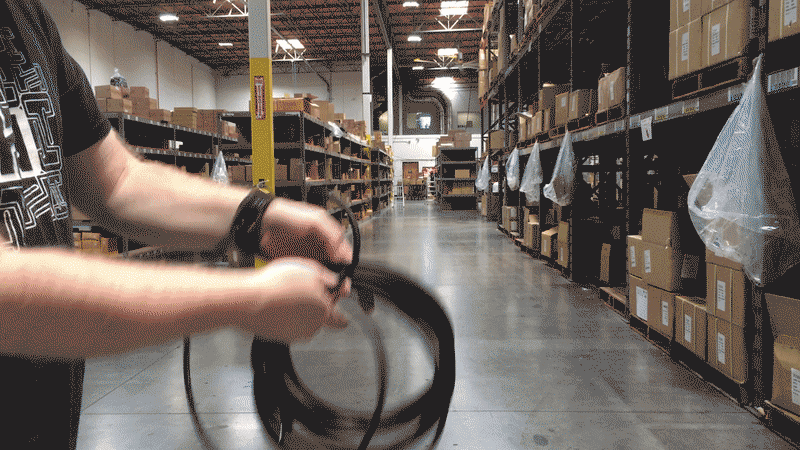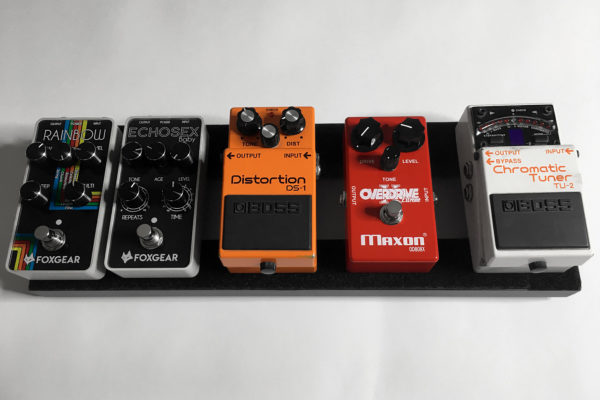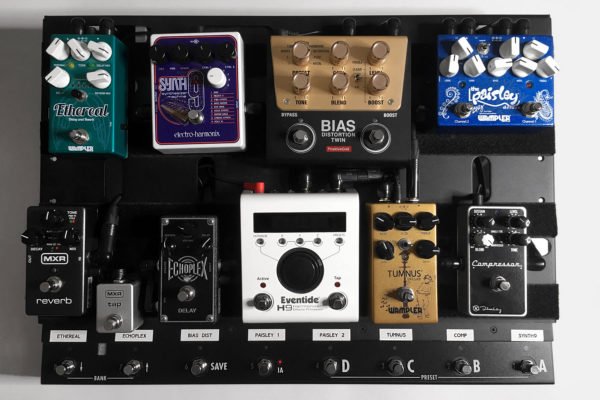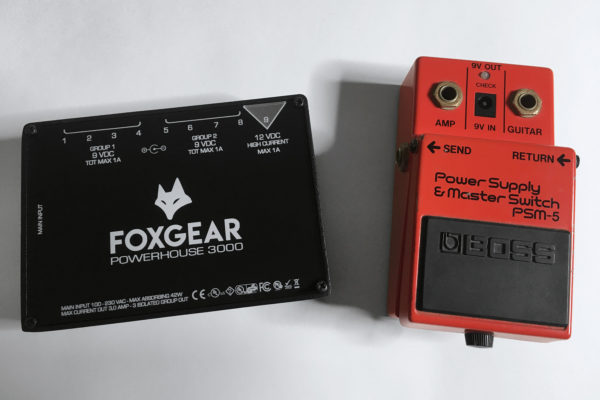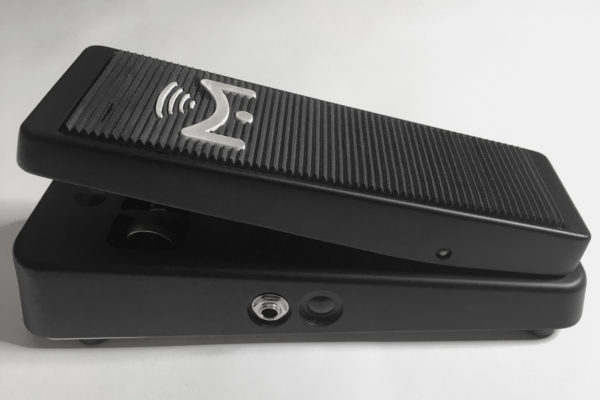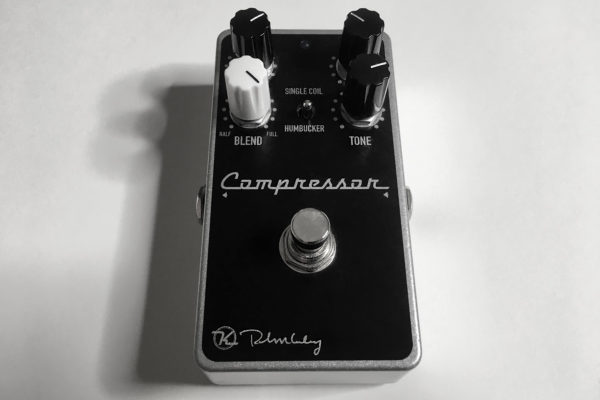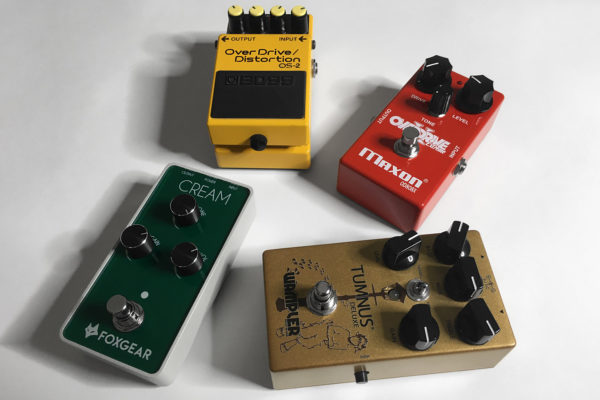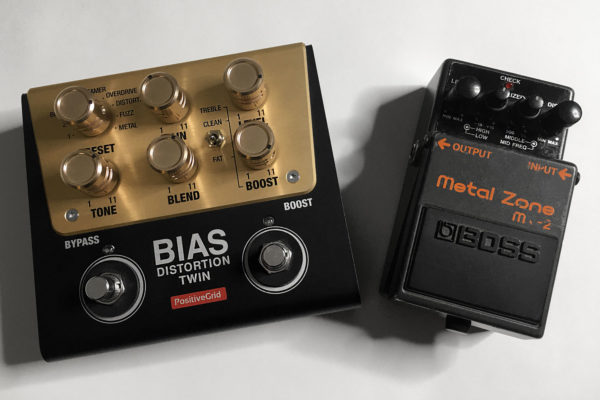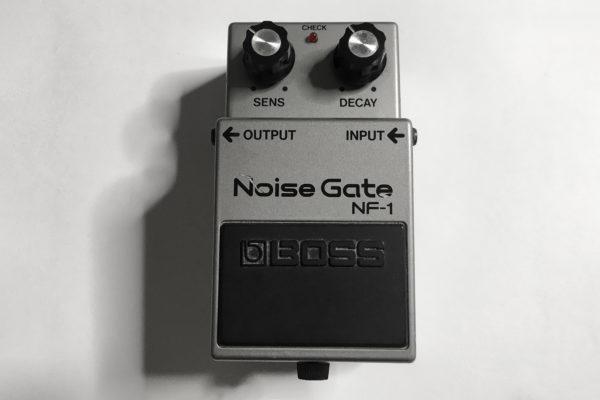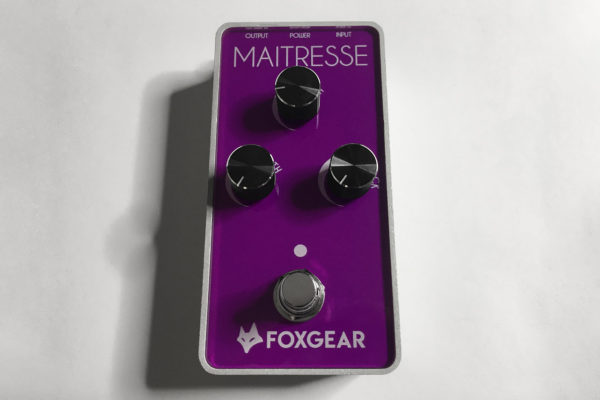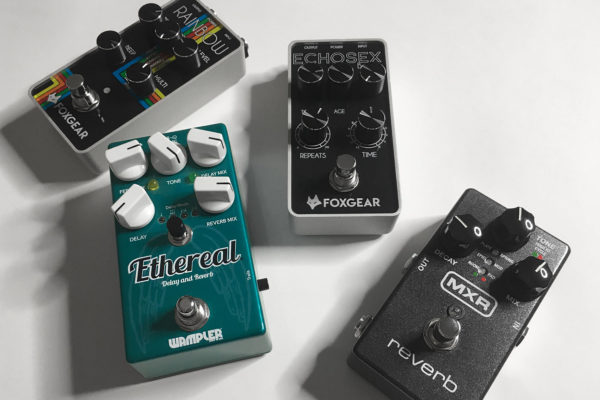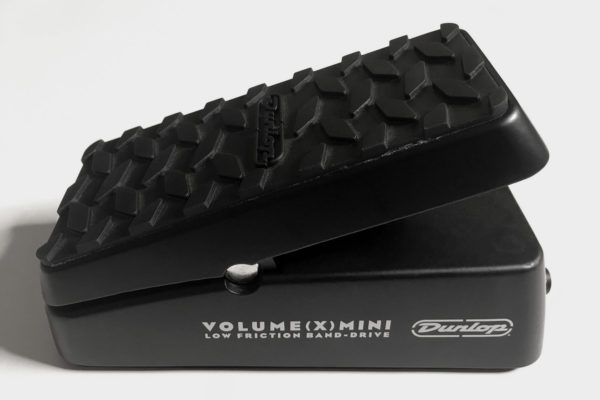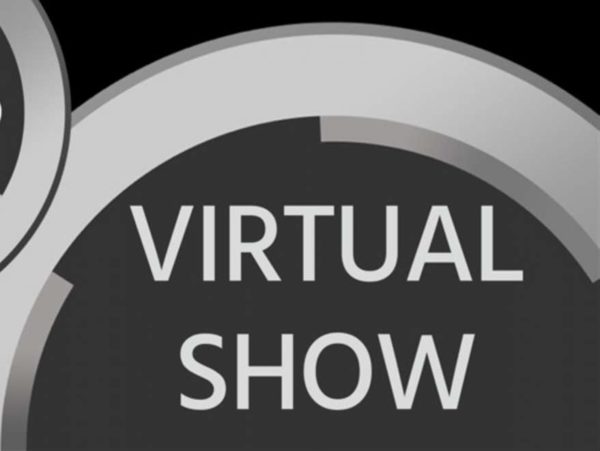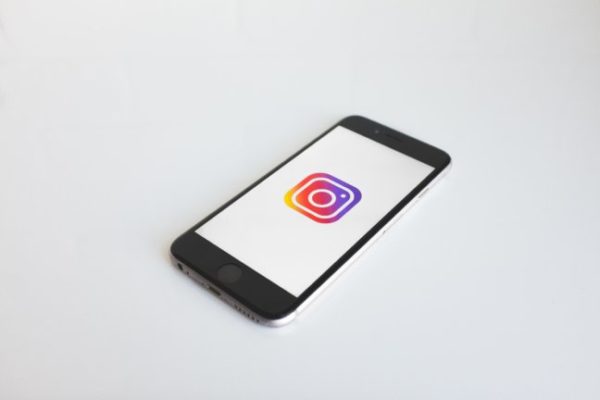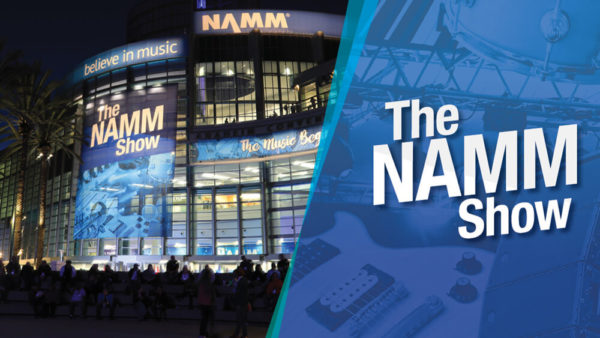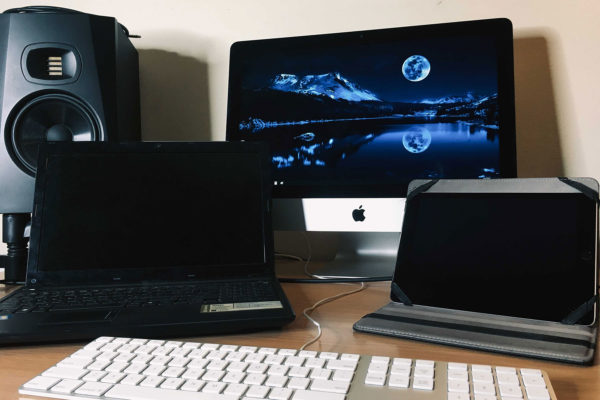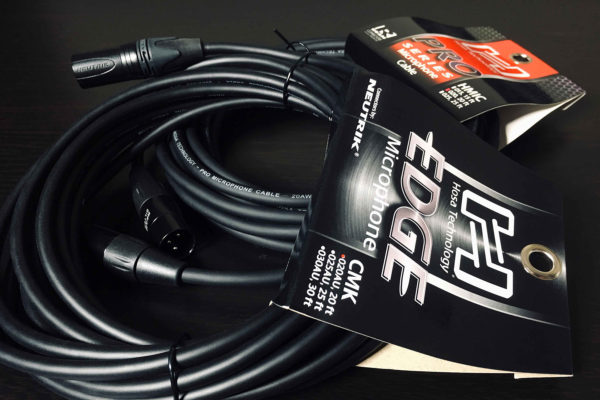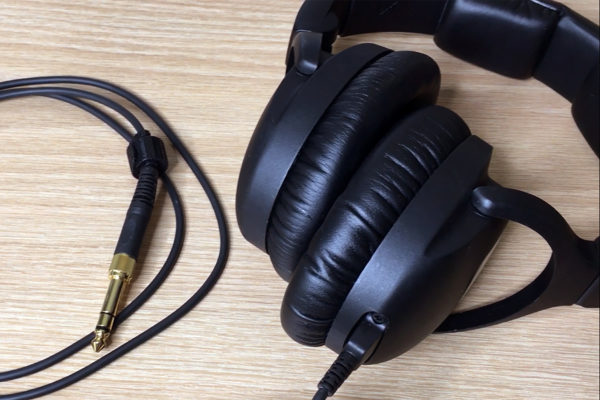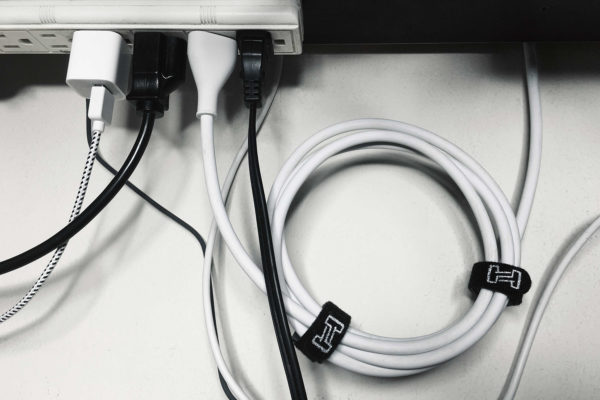Many guitar, microphone, and speaker cable options exist in the market with a host of specifications touting their features, especially as they become more expensive. Understandably, players want to know that their hard earned money is going towards superior quality and craftsmanship. When it comes to high-end cables, there can be a lot of marketing-speak thrown around. All of this talk can be difficult to parse through to find what is true or what the human ear can even detect. You’ve probably seen professionals and artists tout our Edge series cables and asked yourself what makes them special, so let’s cut through the hype and get down to brass tacks.
What is Capacitance and Why Does it Matter to Your Sound?
In the cable world, especially when it comes to guitar cables, we often talk about the importance of capacitance. Capacitance is the ratio of the change in electric charge of a system to the corresponding change in its electric potential. In cables, it’s most ideal to have lower capacitance because that means less resistance and thus a more pure signal passes through.
In instrument cables, which are unbalanced, the longer the length of the cable, the more inherent capacitance you introduce. This will naturally degrade the audio signal, most notably with loss in the higher frequencies, where brightness and detail are stored. The lower a cable’s capacitance, the more detail is preserved along its run. This is important because once those frequencies are rolled off, they’re gone.
Hosa Edge Capacitance Measurements
For reference, capacitance is measured in picofarads (pF) per meter or foot. The Edge Instrument cable’s capacitance is 68.24 pF per meter or 20.80 pF per foot, while the Edge Microphone cable’s capacitance is 109.53 pF per meter or 33.38 pF per foot.
When compared to other instrument cables on the market, these measurements rank among the best at preserving the integrity of the sound coming from a guitar or microphone, which are passive circuits. Some companies may advertise that their cables add some kind of frequency or response to your chain, but as we discussed in our previous article about whether cables change your sound, cables don’t add to your sound, they either preserve or degrade it.
The Cable Build
Now that we’ve established Edge has some of the best-in-class capacitance among its counterparts, we’ll break down the components of the microphone and instrument cables to explain how each layer contributes to the clarity and reliability players have come to expect from Hosa Edge cables.
20 AWG OFC Conductor
The conductor at the center of the cable is what carries the signal between the ends. The lower the AWG (American wire gauge) is, the larger the conductor. 20 AWG is a large size conductor for the amount of voltage an instrument or mic cable needs to transfer, allowing there to be less resistance. Since cables are a cumulative effect, we use OFC (oxygen free copper) to minimize impurities, which works better in longer cable runs.
Polyethylene
A dielectric composite that acts as an electronic resistor, polyethylene keeps the charge from the conductor isolated, better preserving the signal inside.
Conductive PVC
This PVC layer dissipates static charges and electrostatic discharge, adding another layer of protection to keep the signal inside the conductor while keeping additional interference out.
OFC Braided Shielding
Mic and instrument levels are low in volume, requiring a preamp to boost them. This means that any unwanted noise a poorly-shielded cable picks up from the outside environment will be amplified along with it, creating unwelcome distortions in the sound. The shield in any cable is the main barrier to such interferences. The braided shielding in Edge microphone and instrument cables provides 95% coverage while allowing flexibility along its length. It’s among the most robust shielding on the market for these kinds of cables and, along with the lubricated paper surrounding it, creates extra-redundancy for optimal clarity.
As an added benefit of braided shielding, the mesh is such that twisting the cable becomes much more difficult and the cable resists breakage and shorts inside much more effectively.
Hi-Flex PVC
When you have braided shielding and tightly-packed components such as in Edge cables, there is the risk of creating a very stiff cable once the jacket is applied. The hi-flex PVC Hosa uses allows for optimal noise reduction and clarity while still being flexible.
Genuine Neutrik Connectors
Neutrik AG connectors are world-class connectors known for their reliability and consistency. They are easy to service and have a unique strain-relief that is among the most effective in resisting the kinds of solder-breaks from constant pulling and tugging that plague cheaper connector types. The Neutrik ends on Hosa’s Edge microphone and instrument cables also have gold-plated connectors, which are more resistant to corrosion over time than nickel.
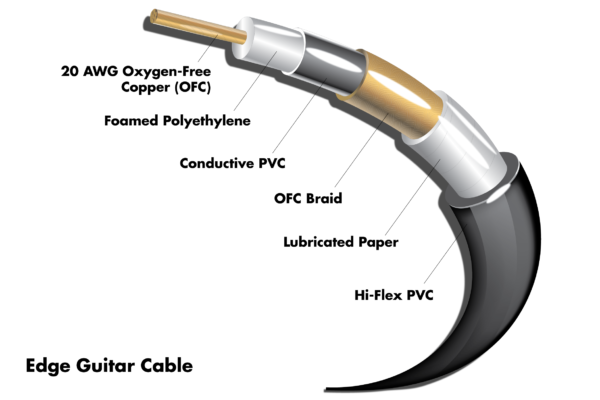
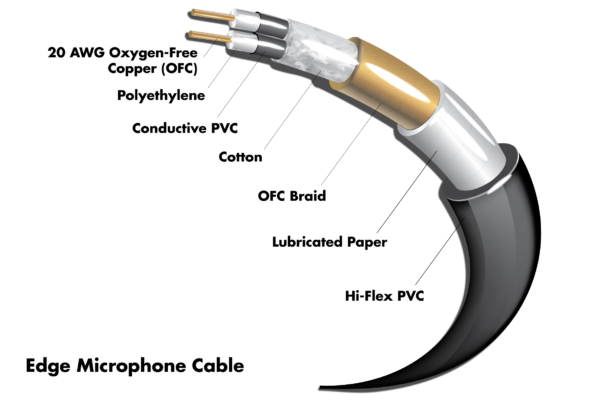
Edge Speaker Cable
The last cable type currently in the Edge line is speaker cables. These come in speakON and ¼ inch configurations.
Since the speaker level has already been amplified, it’s not prone to exterior noise and interference the way mic and instrument levels are, thus it doesn’t require shielding. What it does require is an adequately sized conductor as it will not only be transmitting audio, but also power. Edge speaker cables use a 12 AWG OFC conductor, offering greater resistance and running more power over longer distances.
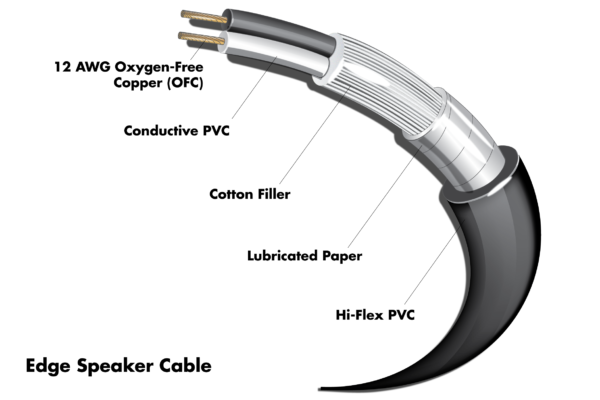
The Right Cable Components for the Right Purpose
With over-thirty five years of expertise in connectivity, Hosa set out to provide a true high-end cable that gives you the most clarity possible while withstanding the rigors of the road without the excessive price tag many boutique cables command. To experience the difference yourself, find it at your preferred Hosa reseller.
- Hosa
